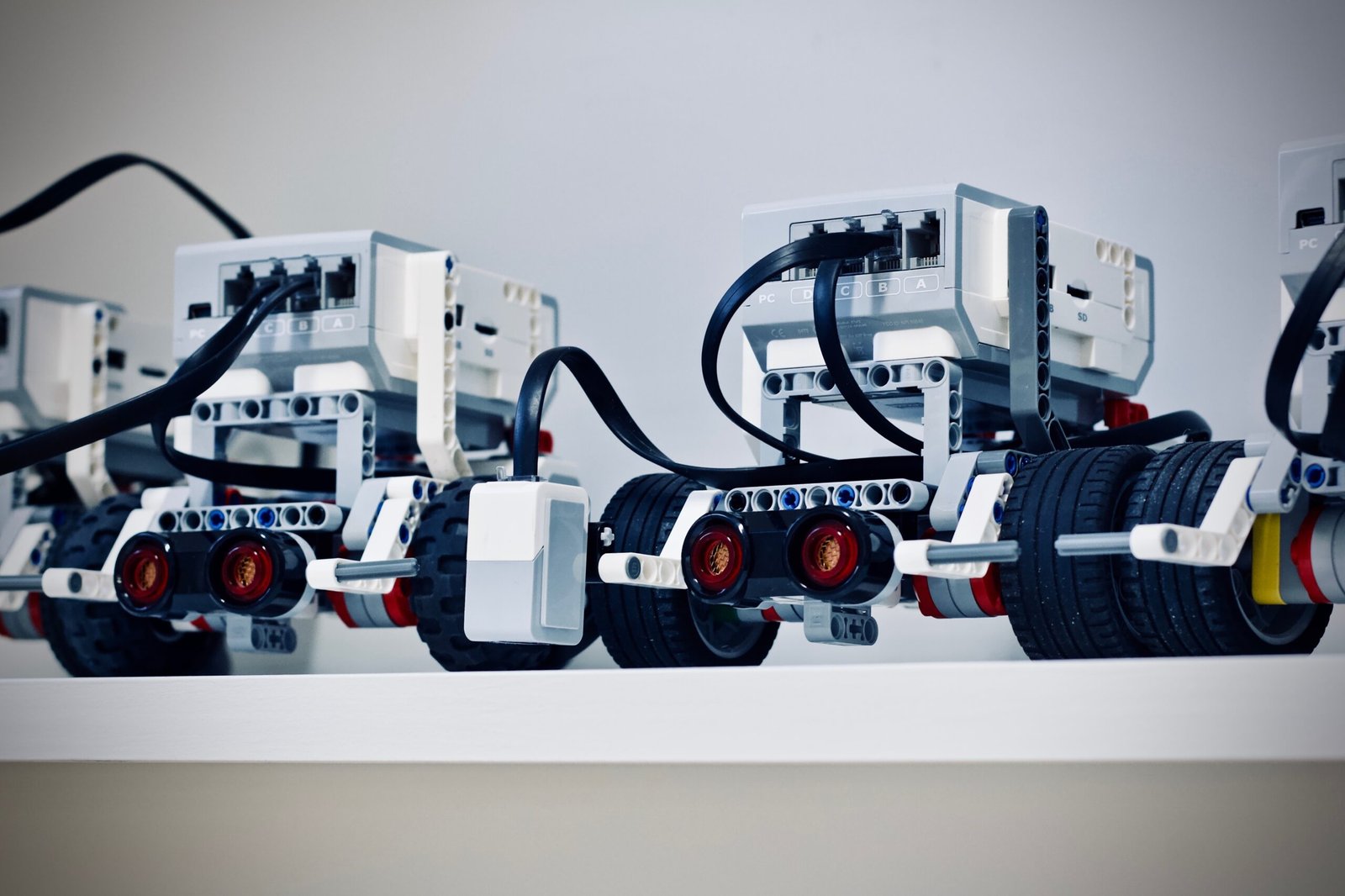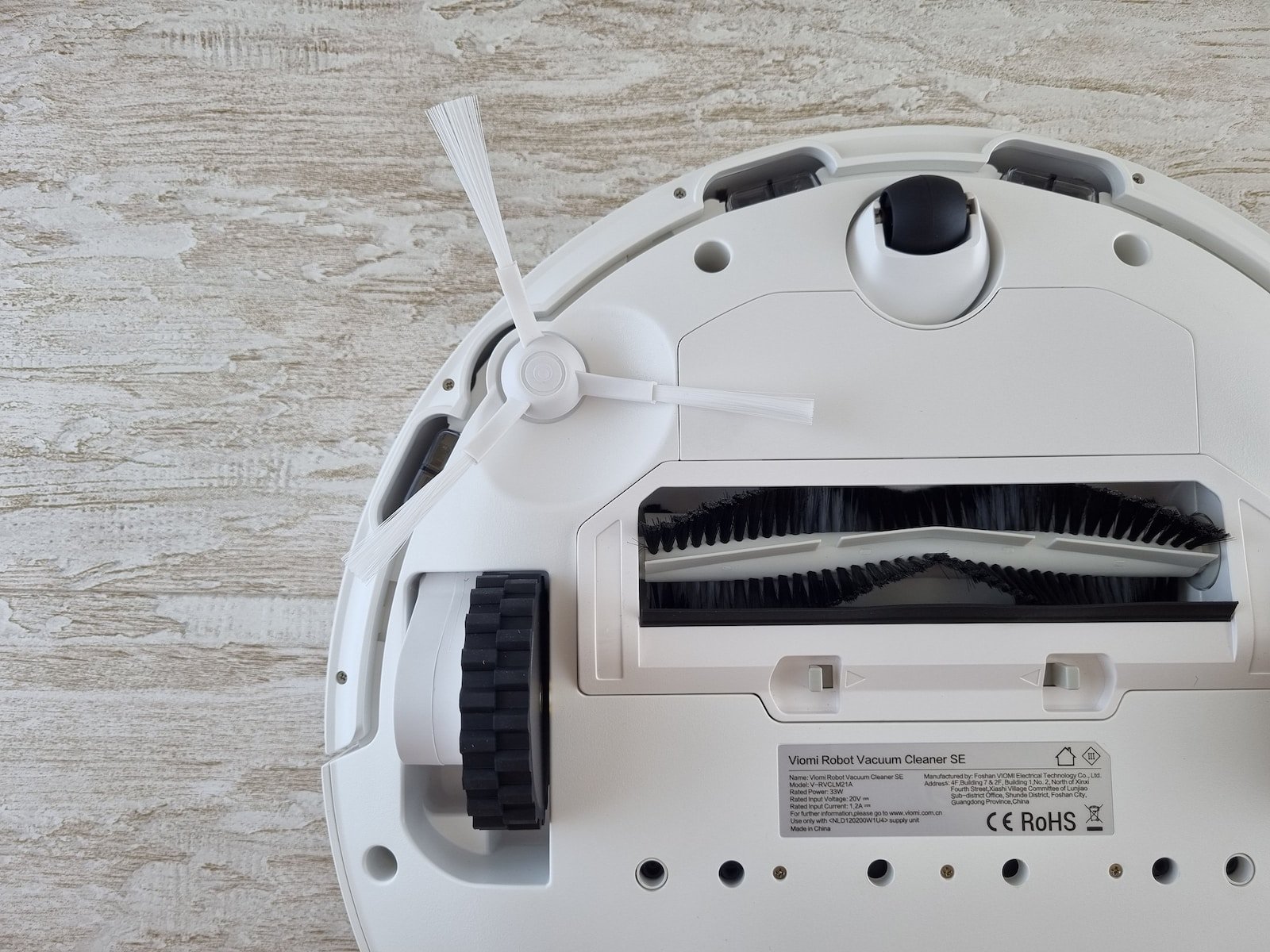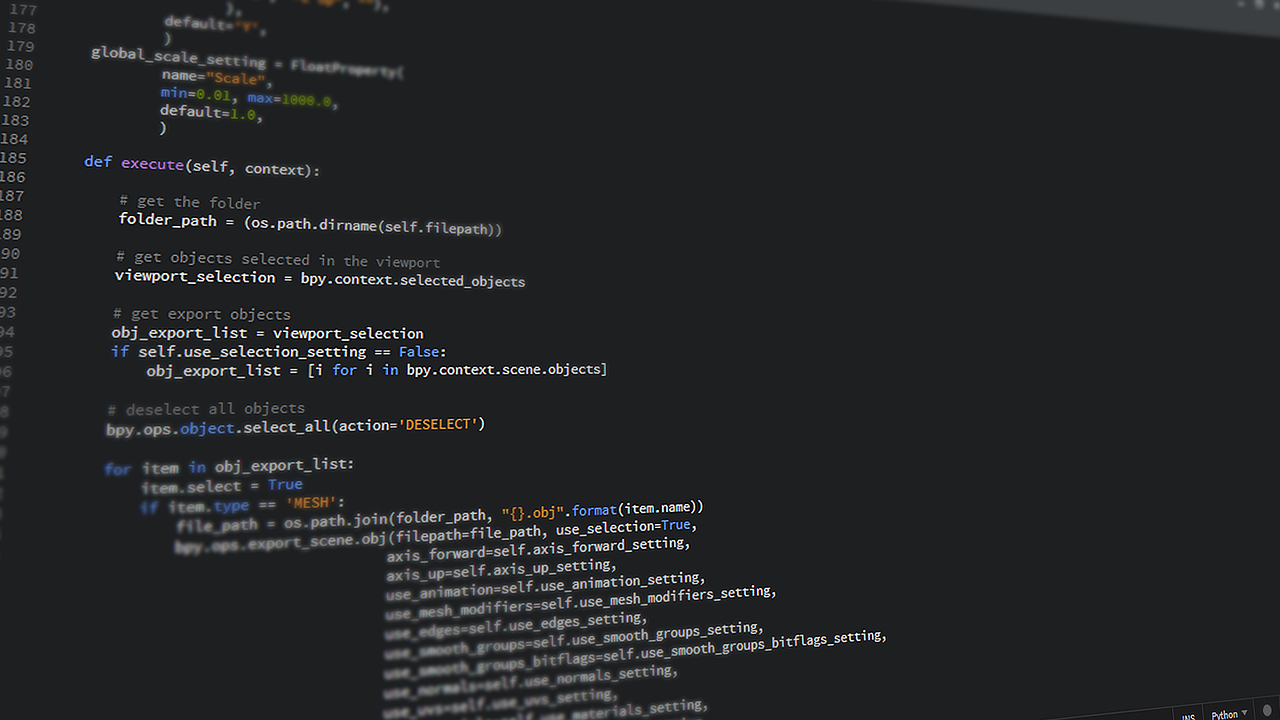Introduction
In recent years, the field of robotics has seen significant advancements in the development of robots capable of interacting and communicating with humans. One of the key technologies that enable this communication is Natural Language Processing (NLP). NLP allows robots to understand and respond to human speech in a way that feels more natural and intuitive. In this article, we will explore the steps involved in creating a robot with NLP for human-robot communication.
Step 1: Define the Communication Goals
Before embarking on the development of a robot with NLP capabilities, it is essential to clearly define the communication goals. Determine the specific tasks or interactions the robot will be involved in, such as answering questions, providing information, or engaging in casual conversation. This will help guide the design and development process.
Step 2: Choose the Right NLP Framework
There are several NLP frameworks available that can be used to develop the language processing capabilities of the robot. Some popular options include Natural Language Toolkit (NLTK), Stanford NLP, and spaCy. Research and evaluate these frameworks to choose the one that best aligns with your project requirements and technical expertise.
Step 3: Collect and Annotate Training Data
In order to train the NLP model, a large dataset of annotated training data is required. This dataset should include a variety of human utterances and corresponding robot responses. The training data should cover a wide range of possible inputs and outputs to ensure the model’s accuracy and robustness.
Step 4: Preprocess and Clean the Data
Once the training data is collected, it needs to be preprocessed and cleaned before being used to train the NLP model. This involves removing any irrelevant or noisy data, normalizing the text, and handling any inconsistencies in the data. Preprocessing the data ensures that the model receives high-quality input, leading to better performance and accuracy.
Step 5: Train the NLP Model
Using the preprocessed and cleaned training data, the NLP model can now be trained. This involves feeding the data into the chosen NLP framework and allowing it to learn the patterns and relationships between the input and output. The training process may take some time, depending on the complexity of the model and the size of the dataset.
Step 6: Test and Evaluate the Model
After the NLP model is trained, it is crucial to test and evaluate its performance. This involves providing the model with new input and assessing its ability to generate accurate and relevant responses. It is important to iterate and refine the model based on the evaluation results to improve its performance over time.
Step 7: Integrate NLP into the Robot
Once the NLP model is deemed satisfactory, it can be integrated into the robot’s software or hardware. This may involve connecting the NLP framework to the robot’s speech recognition and synthesis systems, as well as its decision-making processes. The integration process should be done carefully to ensure smooth and seamless communication between the robot and humans.
Step 8: Continuously Improve and Update
Creating a robot with NLP capabilities is an ongoing process. It is important to continuously collect user feedback, monitor the robot’s performance, and make necessary updates and improvements to the NLP model. This iterative approach ensures that the robot’s communication abilities remain up-to-date and effective.
Conclusion
Developing a robot with natural language processing capabilities for human-robot communication is a complex but rewarding endeavor. By following the steps outlined in this article, you can create a robot that can understand and respond to human speech in a way that feels natural and intuitive. With further advancements in NLP technology, the possibilities for human-robot interaction are only set to expand in the future.







